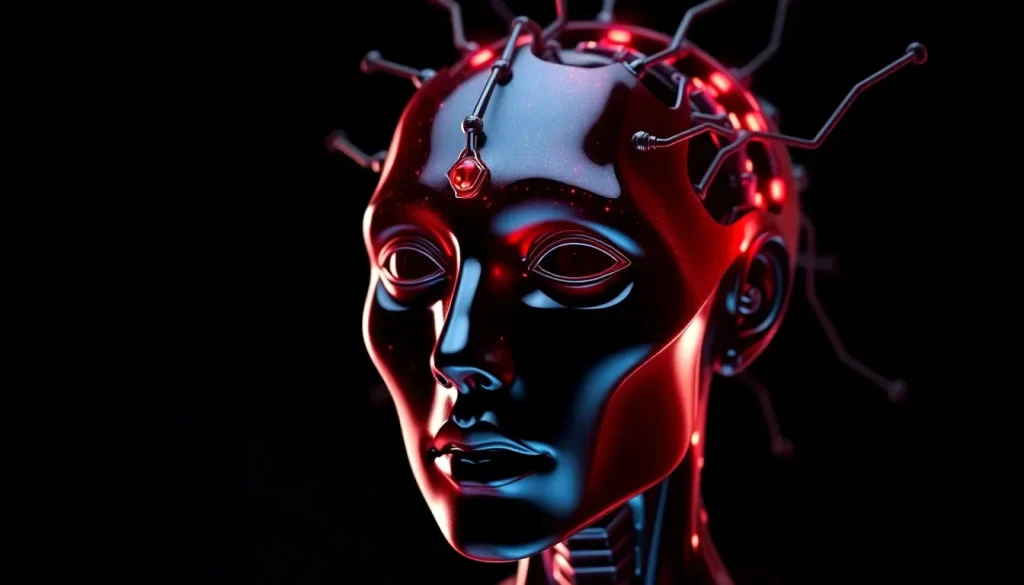Microsoft launches its first AI for image generation after OpenAI

In a rapidly evolving digital landscape, artificial intelligence continues to redefine creativity and innovation. Microsoft is stepping into this arena with a bold move that promises to reshape how we generate and interact with images. Their newly unveiled AI, MAI-Image-1, is a significant leap forward, setting the stage for exciting developments in creative technology.
Understanding the launch of MAI-Image-1
Microsoft has officially introduced MAI-Image-1, its first AI model capable of generating images from text prompts. This initiative places the company among the top contenders in the AI image generation landscape, as evidenced by its ranking in LMArena.
This development signals a strategic pivot for Microsoft, which has historically lagged in the AI race. After entering a substantial partnership with OpenAI to integrate its technologies into products like Copilot, Microsoft recognized the need to invest in its own AI models to remain competitive.
Microsoft's commitment to AI innovation
In a pivotal move, Microsoft appointed Mustafa Suleyman, co-founder of DeepMind, to lead its new division focused on artificial intelligence, known as Microsoft AI. This transition marked a renewed commitment to developing proprietary models that can stand toe-to-toe with notable competitors like GPT and Gemini.
MAI-Image-1 is one of the fruits of this strategic direction, showcasing Microsoft’s ability to innovate within the AI domain. The model was developed entirely in-house, a significant departure from relying on external entities.
Key features of MAI-Image-1
MAI-Image-1 has been rigorously trained using a curated dataset designed to meet the creative demands of modern users. Some of the standout features include:
- Realistic Image Generation: The model excels at creating lifelike images, demonstrating advanced skills in lighting, reflections, and intricate visual details.
- User-Centric Design: Engineers prioritized minimizing generic outputs, ensuring that the generated images meet specific creative needs.
- Speed and Efficiency: Users can produce content faster, significantly reducing the waiting time typically associated with image generation.
While Microsoft acknowledges that MAI-Image-1 may not yet rival larger models like Midjourney or DALL-E, it aims to surpass them in performance and efficiency.
Ensuring responsible AI use
Interestingly, Microsoft emphasizes that MAI-Image-1 is designed with safety and responsibility in mind. The company plans to conduct extensive testing via LMArena to gather user feedback, identify issues, and enhance the model before its public release.
This proactive approach is crucial given the ethical considerations surrounding AI-generated content, particularly in terms of authenticity and misuse. Microsoft’s commitment to ensuring a responsible rollout reflects its recognition of these challenges.
Integration plans for MAI-Image-1
Upon completion of the testing phase, MAI-Image-1 is set to debut within Microsoft's Copilot and Bing Image Creator platforms. It will replace the current image generation systems based on DALL-E 3 and GPT-4, which have been utilized in Copilot until now.
The transition will occur gradually, ensuring a seamless integration into existing workflows. Users can anticipate a smoother and more effective experience as MAI-Image-1 replaces its predecessors.
Expanding the AI ecosystem
MAI-Image-1 is not an isolated development; it joins a broader suite of AI models being developed under Suleyman's leadership. Recently, Microsoft unveiled MAI-Voice-1, an AI designed for voice generation and comprehension, which will enhance user interactions within Copilot.
Additionally, the company announced MAI-1-Preview, a multimodal model that holds potential for future versions of Copilot, further illustrating Microsoft’s commitment to advancing its AI capabilities.
Looking ahead: The future of AI at Microsoft
As Microsoft continues to expand its AI portfolio, the implications of its developments extend beyond mere technological advancements. The company is positioning itself as a leader in the responsible integration of AI into everyday applications.
With MAI-Image-1 and its accompanying models, Microsoft aims to transform how users engage with AI and creativity, making it an essential tool for professionals in various industries.
For more insights into this shift in the AI landscape, check out this informative video:
As the world watches these developments, it will be fascinating to see how Microsoft’s innovations will shape the future of AI-generated content and user interaction with technology.




Leave a Reply